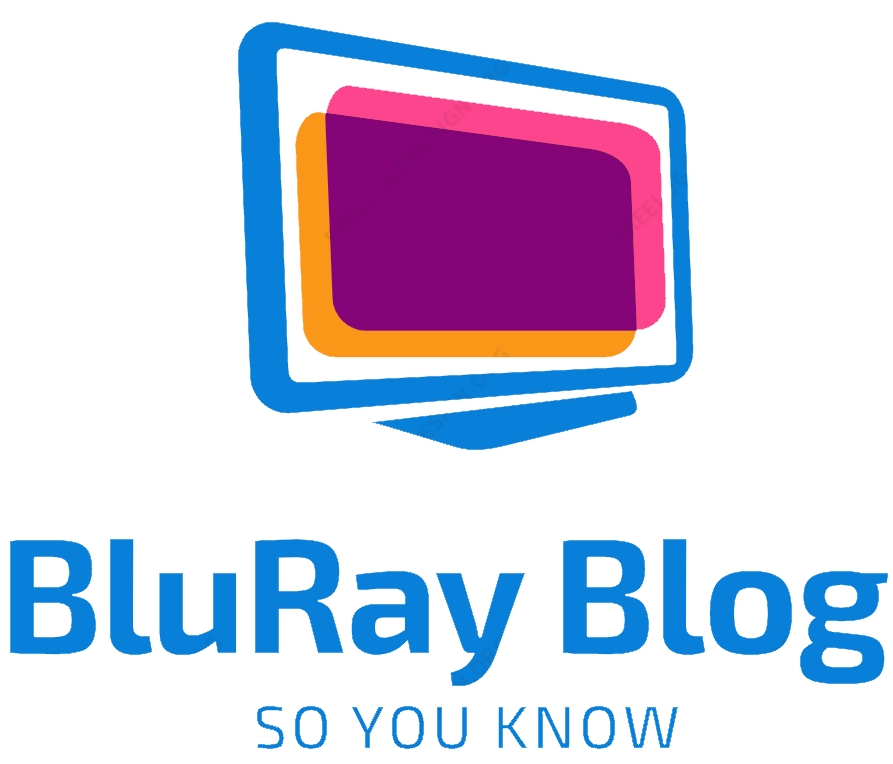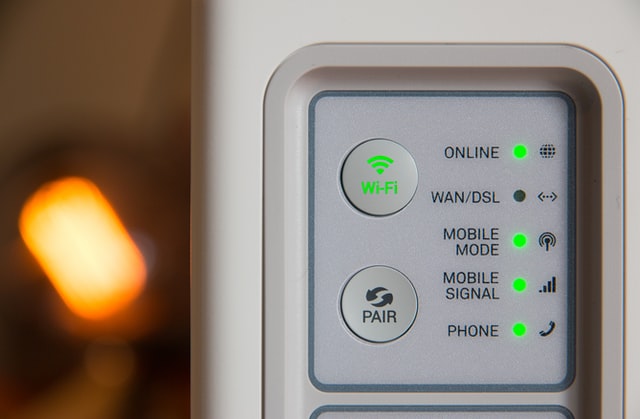When choosing an internet provider or a high speed internet Lexington, you have several options. Before deciding on one, understand what you’ll be paying for. This includes installation fees, equipment, and overage fees. You’ll also want to find out if there are any hidden fees. Listed below are some things to consider before signing up with a provider. These fees can add up quickly, so consider the terms and conditions carefully.
Cost of internet service
The cost of internet service can vary significantly depending on your provider. While some costs are unavoidable, some can be controlled or eliminated by changing your usage habits. It would be best if you also watched for hidden fees, such as installation fees, which are generally a one-time fee of $100 or more. Some providers waive installation fees or offer discounts to customers who install their own service. There are many ways to lower your monthly cost, but some methods are more effective than others.
The cost of internet service varies by region and network provider in the United States. Municipal networks are typically the cheapest and fastest options. However, there are hidden costs associated with internet service that many consumers find confusing. This disproportionately affects low-income households and BIPOC communities. This means that determining the total cost of service is often nearly impossible. Here are some tips to help you compare the costs of different internet service options. And if you’re wondering if the price you’re quoted is reasonable, take the time to make a comparison.
Cost of equipment
One of the main factors to consider when choosing an internet provider is equipment cost. Most ISPs will rent you the equipment, which usually comprises a modem and a router, for about $10 per month. Installation fees can cost as much as $100, and some providers may even waive the fee. Other factors to consider when choosing an internet provider include the FCC Universal Service Fund fee, which telecommunication companies pay to maintain service at an affordable cost for all Americans. This fee varies from provider to provider, but most providers charge around $5 per month.
Internet service plans often include the cost of equipment, which may range anywhere from five to fifteen dollars per month. While some providers offer free equipment, many require you to rent the equipment, which can add up over time. However, if you are interested in saving money, you may consider buying the equipment instead of leasing it. Owning the equipment will save you around $300 over several years. In addition to equipment costs, there are other costs that you may not be aware of.
Cost of installation
Before choosing a new internet provider, it is important to understand the installation cost. Some providers have a set activation fee on the first bill, and some waive this fee if you purchase a new phone. Other providers charge an additional setup fee, usually from $10 to $20. The cost of installation can be avoided by shopping around and considering your needs. For example, whether you need a wired or wireless connection, a provider can provide it.
Most ISPs will provide rented equipment, which typically involves modems and routers, for $10 or less. If you want to purchase your equipment, you can usually pay up to $150 for this service. However, you should note that some internet providers may require a one-time installation fee, which can be anywhere from $50 to $200. You should also expect to pay a fee for late payment, which will vary based on your provider.
Cost of overage fees
You might be surprised to find out how much you’re spending on overage fees when using your Internet service provider. Most internet service providers offer data plans that you pay by the gigabyte, and overage charges are usually assessed when you go over your limit. For example, if you’re using the internet for a hundred hours a month, you might pay $5 per gigabyte if you exceed your allowance.
These fees are typically higher than the cost of your internet plan. However, they are not always higher than the cost of the rest of your bill. For example, you might find that some internet plans have separate overage fees or that some overage fees are waived as part of a promotional offer. This is especially true if you’re not planning to switch to a different service provider. However, it’s always worth checking out a provider’s policies to avoid wasting money.
Cost of late payment fees
Internet providers can charge a late payment fee if you are more than two days past due on your bill. You will be penalized for late payments even if you do not have a contract. Some providers offer two-day grace periods, but you should never make this a habit. If you do, you could be charged a late payment fee of $25 or more. Even worse, if you miss a payment, you might have to pay the reconnection fee.
Hidden fees may seem a lot, but they are part of the package. Many providers bundle these costs together with the basic price of their service. The hidden fees are intended to cover the cost of maintaining the network and may range from road working to internet infrastructure costs. They cost around $0.50 per month but can total up to $10 or more, depending on the service provider. Some of these fees aren’t easily discernible, and you may be charged one every month without realizing it.



